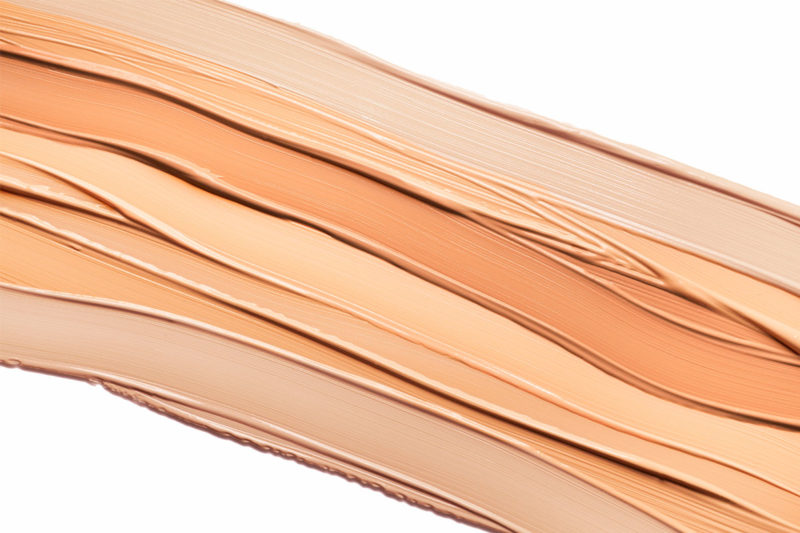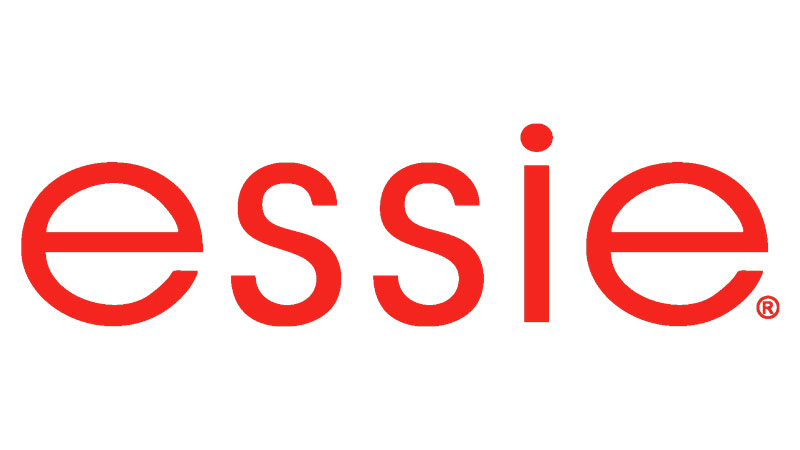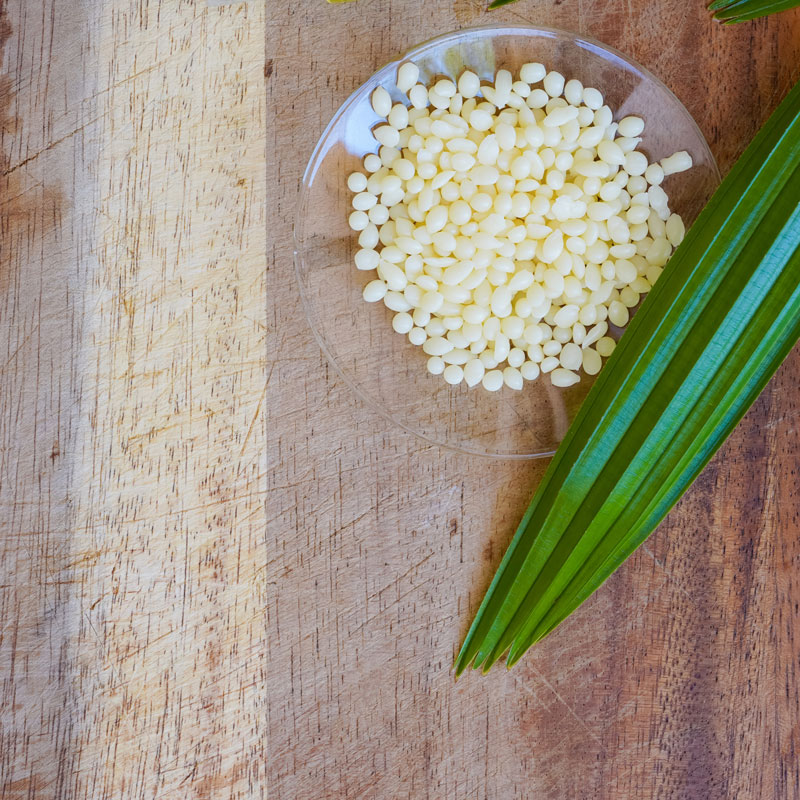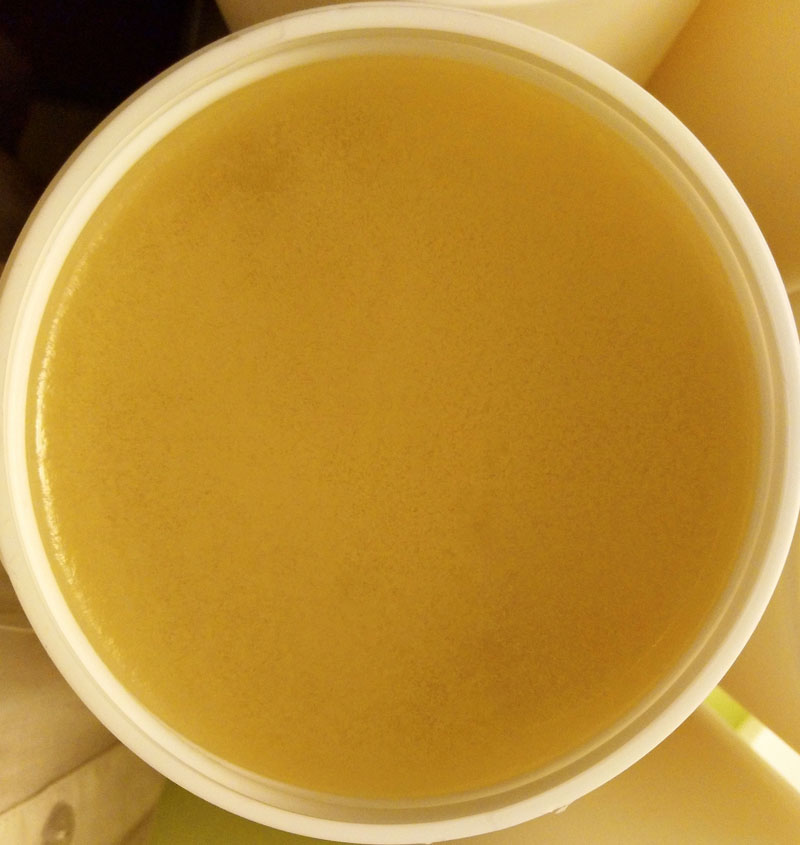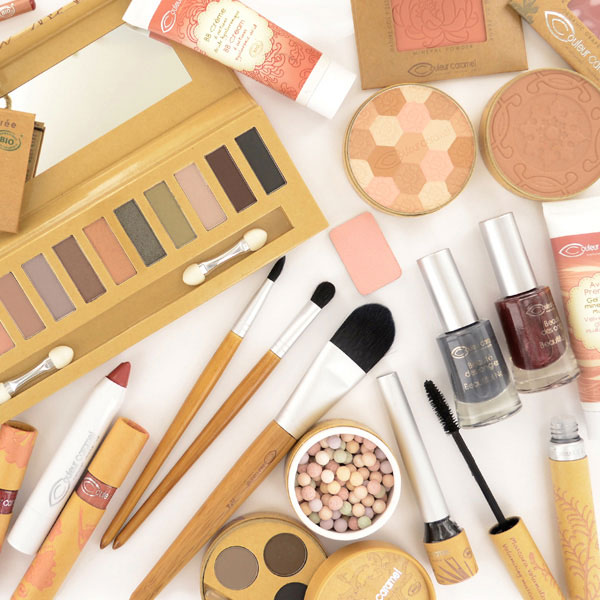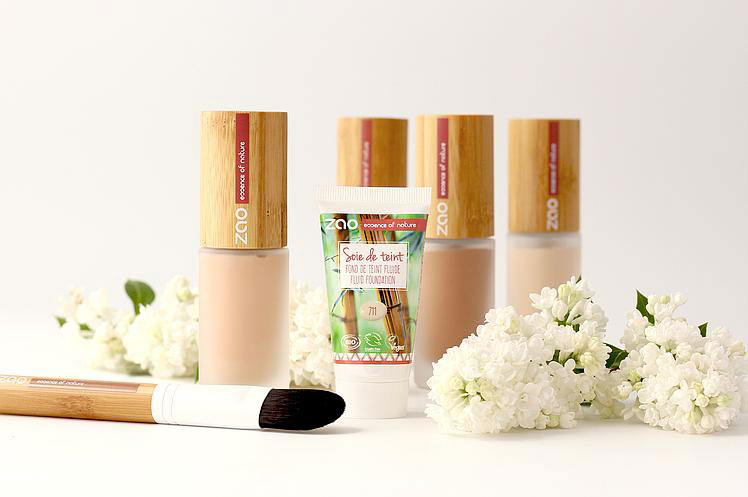Though a big clean-up is well underway when it comes to skincare, make-up is making its entrance in the clean segment via the vegan and organic segments. As for the standard big brands, they are finding it more difficult to go down the clean make-up route.
For a few years now, an emerging trend towards “clean beauty” has been clear to see in skincare. When it comes to make-up, the movement is up against more obstacles. And for good reason. Results, colours and sensory appeal are much more difficult to achieve with clean formulations. As for packaging, it’s often part of that pleasure that the make-up product brings. In summary, the clean make-up story has only just begun.
More natural formulations? Not easy
All the brands have entered a phase of formulation “clean-up” to varying degrees. Indies (green shoots) starting out position themselves, as a minimum, on the vegan segment. However, this in no way means that the formulations are clean. They also go to great lengths thanks to natural ingredients (but natural ingredients processed via… biochemistry). Organic players are reviewing their products in the direction of greater naturalness and sensory appeal, while shifting the cursor when it comes to the sourcing of ingredients. As for luxury brands, we will look at why they are still only taking baby steps below.
Nail varnish: pioneering and biosourced

Strangely enough, the most chemical of all make-up products was one of the first that some brands focussed on, at a time when nail varnish was booming on the European market. More than 10 years ago, the first to appear were “4-free”, “5-free” or even “10-free” nail varnishes (free from between 4 and 10 ingredients that were deemed suspect). Then came nail varnishes referred to as “biosourced”.
First of all, let’s bear in mind the composition of nail varnish. For it to meet all of the demands placed on it – good adherence to the nail, nice coverage, shine and staying power – nail varnish is made with filmogenic agents, resins, plastifiers, solvents and pigments. But a good deal of the ingredients used up until just a few years back were problematic: toluene, which is polluting and an irritant; phthalates, including dibutyl phthalate (DBP), which is suspected of being an endocrine disruptor; formaldehyde, which is classed as a carcinogen under an EU Regulation; and colophane, a resin that can trigger allergic reactions and asthma symptoms.
Specialist brands (OPI and Essie) took out the ingredients that were the most controversial, or even represented a health hazard: formaldehyde, toluene and dibutylphthalate. These brands were soon followed by all the others.
Some brands, led by Kure Bazaar, then took it further by replacing petrochemical derivatives with natural ingredients: wood, manioc, maize, potato and cotton. It was then supposed – wrongly – that these nail varnishes were clean, or even organic. In fact, they are “biosourced” or of natural origin. Because however natural the ingredients are to start with, they undergo processes that ultimately leave their INCI formulations almost identical to those of non-biosourced nail varnishes. As for organic nail varnishes, they are still some way short of being the answer to everything. Water-based and free of solvents, they are not as shiny, and don’t come in a wide choice of shades.
Replacing silicon and polymers – a tricky undertaking
The great modern make-up revolution, from the 1950s onwards, was the inception of organic chemistry which enabled big advances in the composition of lipstick, mascara and eyeshadow. Little by little, petrochemical raw materials changed the staying power, sensory appeal, glide-on application and hold of make-up products: microcrystalline waxes, silicone (dimethicone on the INCI list) and volatile types of silicone (cyclopentasiloxane and others), polymers and synthetic oils. They made it possible to develop long-wearing, transfer-resistant products whereby the pigment sticks and bonds to the skin without caking or drying it out. They range from the creamy lipsticks of the 1980s to the lip lacquers and lip inks of recent years. To such an extent that now, going without all these ingredients is no mean feat.
- In mascara and lipstick, producers are going back to using wax, mainly the plant-based variety (candelilla, carnauba, rice, and ricin for mascara) to avoid beeswax as much as possible. To this they add plant-based oil derivatives and polymers based on maize, potato or tapioca starch for effective coating of the eyelashes or a smooth bond with the lips.
- In lipstick, shea butter allows the shaft (stick) to keep its shape, and oils (argan, coconut, apricot) and oil fractions take the place of silicone. The drawback: plant-based waxes cost four times more than petrochemical ingredients!
- As for foundation and blusher, polymers feature again but in very small amounts, alongside processed silica, clay derivatives, powders and sometimes light-reflecting particles. But more than anything, formulators play with types of emulsion – water in oil, micro-dispersion of droplets – and coating of pigments to yield a uniform film that does not slip off.
- In the organic segment, the colour palette is still limited by the absence of polymers (even natural ones). Waxes and oil fractions are permitted, but it’s necessary to play with starches and powders in foundation, sugar networks and fibres in mascara, and mica in eye shadow.
Pigments – the big challenge
There are two kinds of pigment: mineral (based on iron oxide, titanium dioxide and manganese) and chemical (around 15 of which are permitted) that are mixed together to yield a palette of shades. Over the last few decades, expertise from other industries like the printing, mirror-making, automotive and even aircraft livery trades have been brought to bear on the make-up industry to yield sophisticated effects. Since these industries are at the cutting edge of research not only on pigments, but also on light reflection. Hence the development of all interferential types of light-reflecting particles, derived from mica or silica, which make it possible to create iridescent, glittery, “butterfly wing” effects. That’s why most “natural” brands still use synthetic pigments.
- In the organic segment only mineral pigments are permitted, which already reduces the colour palette. Moreover, these mineral pigments are not infinitely renewable resources.
- Brands which have chosen to go down the vegan route have had to drop that red pigment yielded from a ground-up insect: cochineal.
- These days, some want to take it even further. For example, the brand Le Rouge Français, which is certified organic, vegan and clean beauty, has cut out all chemical and mineral pigments. It has developed its own patented pigments based on tinctorial plants (madder, hibiscus, lotus, indigo, roucou, sorghum, cosmos, curcuma, beets, etc..) which are yielded via pressure, fermentation or biotechnological extraction. Still, the palette is more limited and the shades essentially “plain”.
Clean make-up: lesser results, greater care
The lipsticks are less long-wearing and need to be “warmed up” prior to application, or conversely, look like lip balm. The mascaras yield quite a natural result, far removed from the multiplier effects and extremes achieved by those of major brands. The foundations don’t have the evanescence or “blur” (corrective) effect of some BB creams or foundations that are loaded with oils and volatile silicones. At the moment, transfer-resistant and waterproof properties are impossible to achieve. Only one new brand – Last – has just patented a natural long-wearing polymer.
But the flip side has other advantages. As well as the clean argument, the use of plant-based oils and butters leverages nourishing, strengthening, hydrating and also antioxidant powers. Ricin oil in mascara strengthens the eyelashes and promotes lash growth. Lastly, with clean make-up, you don’t end up swallowing petrochemical ingredients when putting on your lipstick!
Eco-designed packaging? It’s right on track
Formulations are not alone in having had a facelift. Advances can be seen when it comes to packaging, too.
Refillables – the first step
When it comes to make-up, it’s a difficult to do without plastic. Sure, most foundations come in glass bottles, but it’s more difficult for a mascara (though La Bouche Rouge has tried it) and almost impossible for a lipstick. Which is why there is a growing number of refillable lipstick options. Certainly lipstick is, more than any other make-up product, a symbolic item and a status symbol. You slip it in your handbag, carry it around with you, take it out to reapply it several times through the day (when there isn’t an ongoing pandemic), you take pleasure in showing it off, and tell yourself that it’s a waste to throw it away when it has run out. So brands – not least luxury ones – are putting out repacks of their iconic products (Rouge Dior, Guerlain Rouge G) or launching new refillable formats, like those from Hermès or La Bouche Rouge (with a personalisable leather holder). It’s the same strategy at Lush, Kure Bazaar, Le Rouge Français, Veganie and Zao, whereby some eyeshadow palettes, foundation and powder compacts are refillable, too.
Packaging and mascara brushes made from bioplastic
The major new development over the past year: biosourced mascara brushes, made from ricin oil. Ricin oil does present several advantages. As well as its nourishing and lash-strengthening proprieties, it is not edible, and therefore not in competition with human food and animal feed crops. Ricin oil is free of GMOs and needs little water for cultivation, with excellent yields. The plant, which is extremely hardy, grows in areas where there is little precipitation, like Gujarat in India which accounts for more than 80% of the world’s production. It’s a great alternative to nylon hairs or polymer brushes. Several brands, organic or otherwise, have already switched to it. In addition, Le Rouge Français has even made its lipstick holders out of this material, which is biosourced, durable and recyclable.
Cardboard – primary and secondary packaging
Cardboard is gaining ground at the expense of plastic, not least with organic brands. Colour Caramel, Zao and Bo.ho alike have all long been opting for slipcases made of cardboard from FSC (eco-managed) forests for all of their make-up products. Other players (like SoBio Etic) take advantage of a new launch to make the switch to cardboard.
For secondary packaging, too, cardboard is the obvious choice. Little by little it’s taking the place of plastic blister packs, and sleeves (sealed plastic envelopes).
Big difficulties remain
Managing to create a perfectly clean make-up product whilst offering the same advantages as standard make-up is a real headache at the present time.
Sensory appeal and performance – shifting requirements
The big names in make-up, whether luxury brands or well-known supermarket and hypermarket brands, are finding it more difficult to go down the clean route. Although they shout their CSR commitments from the rooftops in terms of sourcing and recyclability (efforts made on packaging), it’s the formulations that are the most problematic. Sure, Guerlain has brought its Terracotta up to 96% natural ingredients, and launched a foundation with a percentage of natural ingredients that’s particularly high. It’s the same strategy at Dior with Rouge Dior balm, and L’Oréal Paris which is launching its first 99% natural mascara. Yet all these initiatives are a drop in the ocean of make-up products. Why? Because once you’ve got your consumers used to textures with super-sensory appeal, barely-there but super-long-wearing finishes and super-sophisticated luxurious packaging, it’s hard to take that step.
A high-logistics aisle: a hindrance to going clean
All distributors know that the make-up aisle is one of the most complicated ones to manage. There’s a raft of products, multiplied by the large number of shades, some of which turn over much faster than others. You have to have testers, and continually check that they are still clean. The point of sale furniture is grand. And what about hypermarkets, where the products are sold in plastic blister packs so that they can be seen easily but not tampered with? This enormous logistics framework is also the reason why it’s difficult to change packaging whilst complying with the distributors’ schedules of specifications, and why discreet brands sold online or in their own outlets are the ones managing to get the clean make-up market moving forwards.
At the end of the day, make-up is where skincare was a few years back: right at the beginning of the clean journey. But there’s no doubt that, thanks to demand from consumers and the creation of more effective raw materials, the Clean make-up scene is really going to change in the coming years. This is something to keep a close eye on.


